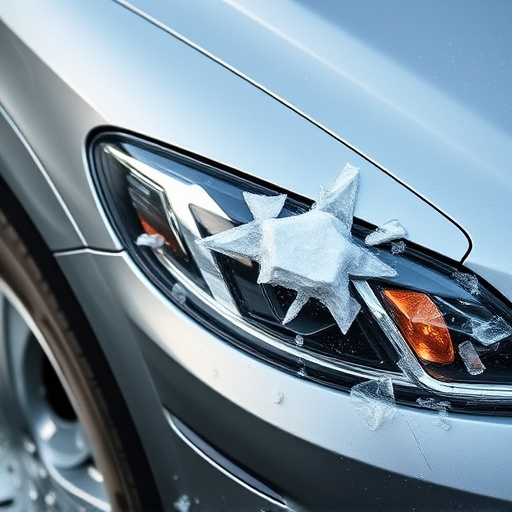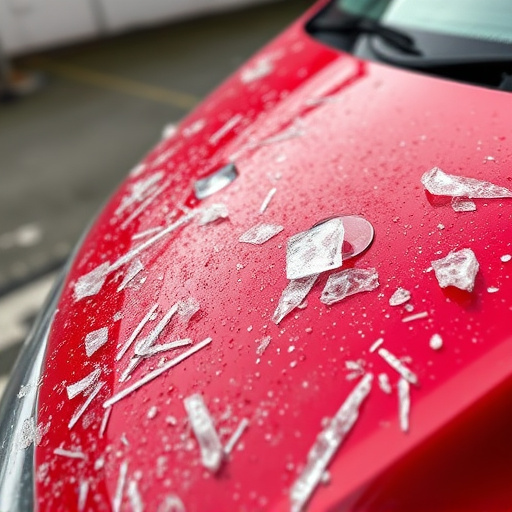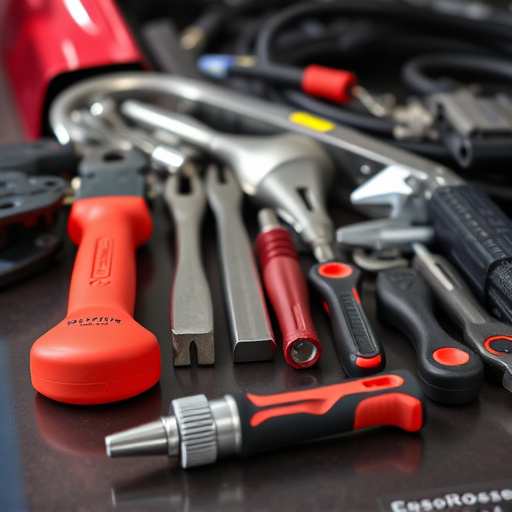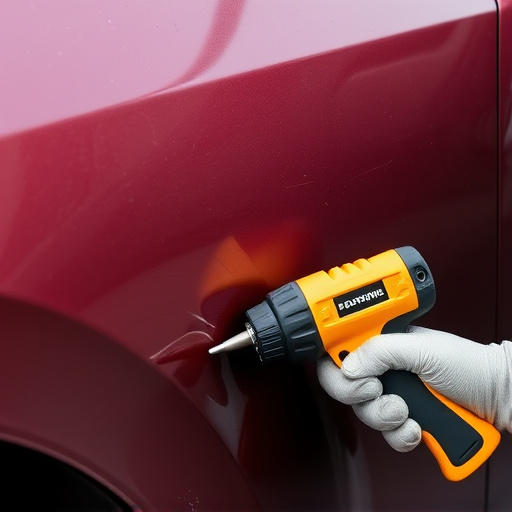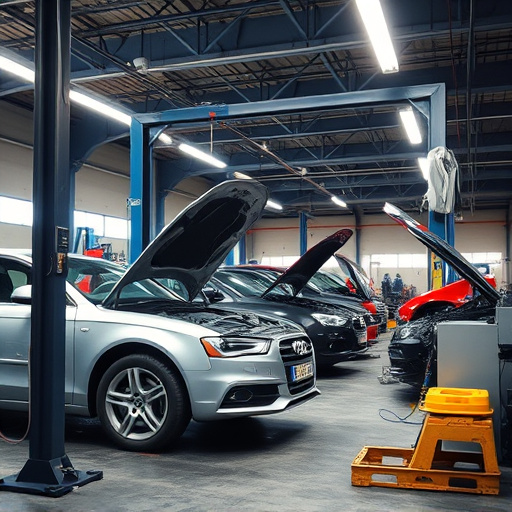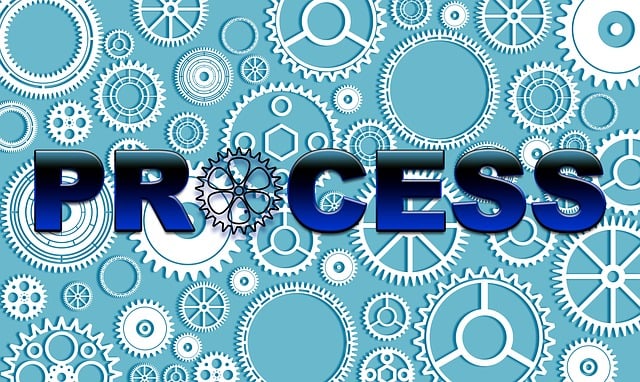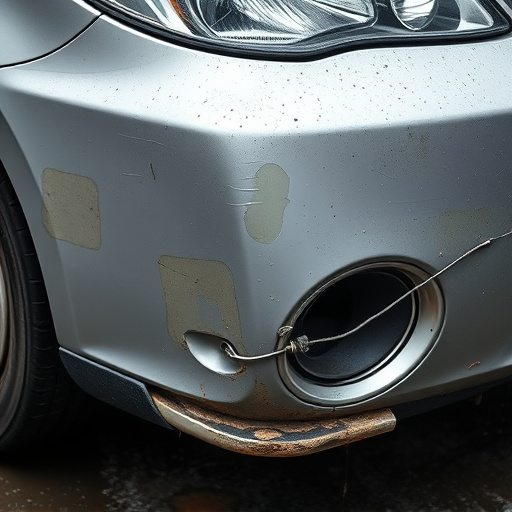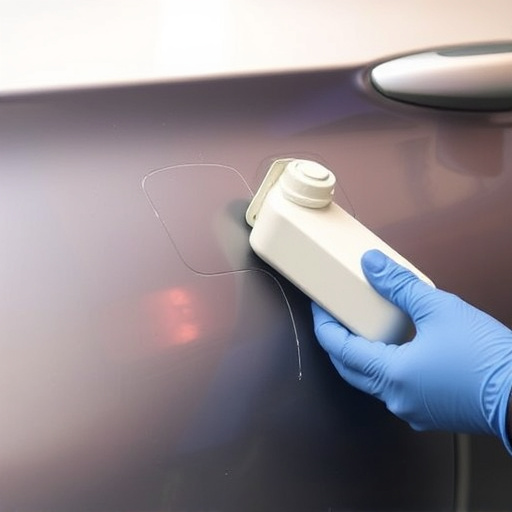Collision repair companies prioritize safety and quality by adhering to NHTSA and ISO standards, conducting thorough assessments and precise alignments. Advanced technologies like 3D scanning and digital design software enhance accuracy, ensuring vehicles meet pre-accident conditions. Rigorous testing and meticulous documentation guarantee structural integrity, setting premier collision repair companies apart with customer satisfaction and safety as top priorities.
In the realm of collision repair, ensuring structural safety compliance is paramount. This article delves into the critical aspects that a leading collision repair company employs to meet stringent industry standards. From understanding evolving structural safety guidelines to leveraging advanced technology and rigorous quality assurance processes, these experts navigate a complex landscape to deliver safe, reliable repairs. By focusing on testing, verification, and adherence to best practices, top-tier collision repair companies uphold their reputation and customer trust.
- Understanding Structural Safety Standards for Collision Repair
- The Role of Advanced Technology in Ensuring Compliance
- Quality Assurance: Testing and Verification Processes
Understanding Structural Safety Standards for Collision Repair
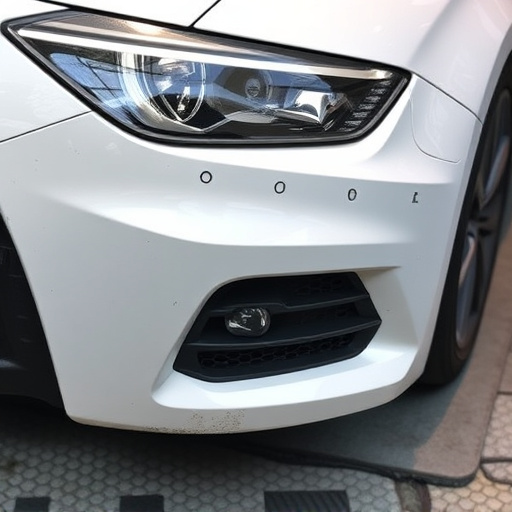
When a vehicle experiences a collision, ensuring structural safety compliance is paramount for both repairing the car and restoring its structural integrity. Collision repair companies must be well-versed in adhering to stringent industry standards set forth by governing bodies like the National Highway Traffic Safety Administration (NHTSA) and International Organization for Standardization (ISO). These guidelines are designed to not only guarantee that repaired vehicles meet safety requirements but also to protect drivers, passengers, and other road users.
Understanding these structural safety standards is crucial for any collision repair company. It involves meticulous assessments of the vehicle’s frame, body panels, and various mechanical components, ensuring they are either replaced or repaired to their original specifications. Moreover, proper alignment and computer-aided measurements are integral parts of the process, as even slight deviations can compromise the overall stability and safety of the vehicle during future accidents. This level of precision is what distinguishes a quality collision damage repair from a basic car repair shop, ultimately ensuring the safety and reliability of vehicles returned to their owners.
The Role of Advanced Technology in Ensuring Compliance
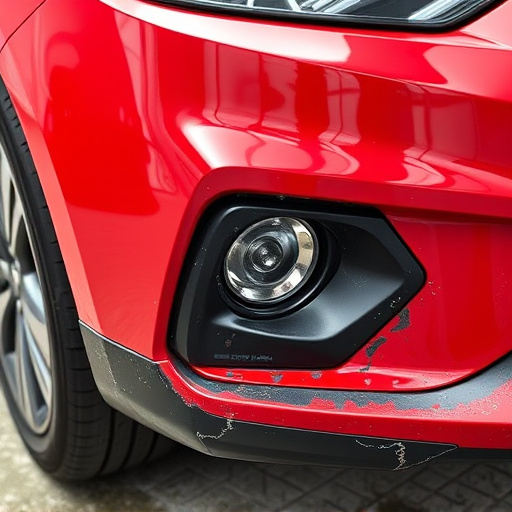
In today’s digital era, advanced technology plays a pivotal role in ensuring structural safety compliance for collision repair companies. Modern tools like 3D scanning and laser measurement systems offer unprecedented precision in assessing and reconstructing vehicle damage. These technologies capture detailed data, enabling car body shops to accurately diagnose issues and develop tailored repair plans.
Furthermore, digital design software and computer-aided manufacturing (CAM) systems streamline the automotive restoration process. By integrating these innovations, collision repair companies can achieve meticulous results, restoring cars to their pre-accident condition. This not only enhances customer satisfaction but also guarantees that each car meets strict safety standards, ultimately fostering trust in the services provided by car scratch repair experts.
Quality Assurance: Testing and Verification Processes
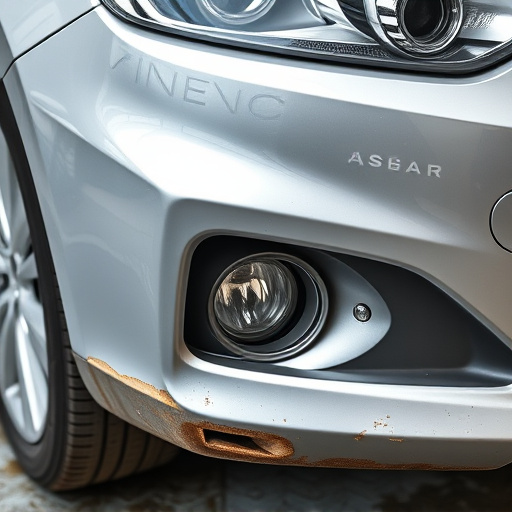
At a premier collision repair company, quality assurance is paramount. Beyond mere visual inspection, rigorous testing and verification processes ensure that every vehicle returns to the road with structural integrity restored. Advanced diagnostic tools are employed to pinpoint damage precisely, allowing for tailored repairs that meet or exceed industry standards.
Through meticulous documentation and constant comparison against original manufacturing specifications, these leading edge practices guarantee that each car dent repair, whether addressing a minor fender bender or extensive body work, results in a vehicle as good as new. This commitment to excellence is what sets top collision repair companies apart, ensuring customer satisfaction and safety on every level.
A collision repair company that prioritizes structural safety compliance leverages a combination of robust standards knowledge, advanced technology, and meticulous quality assurance processes. By adhering to these practices, such companies ensure not only the aesthetic restoration of vehicles but also their structural integrity, ultimately providing peace of mind to customers and fostering trust in the industry.

